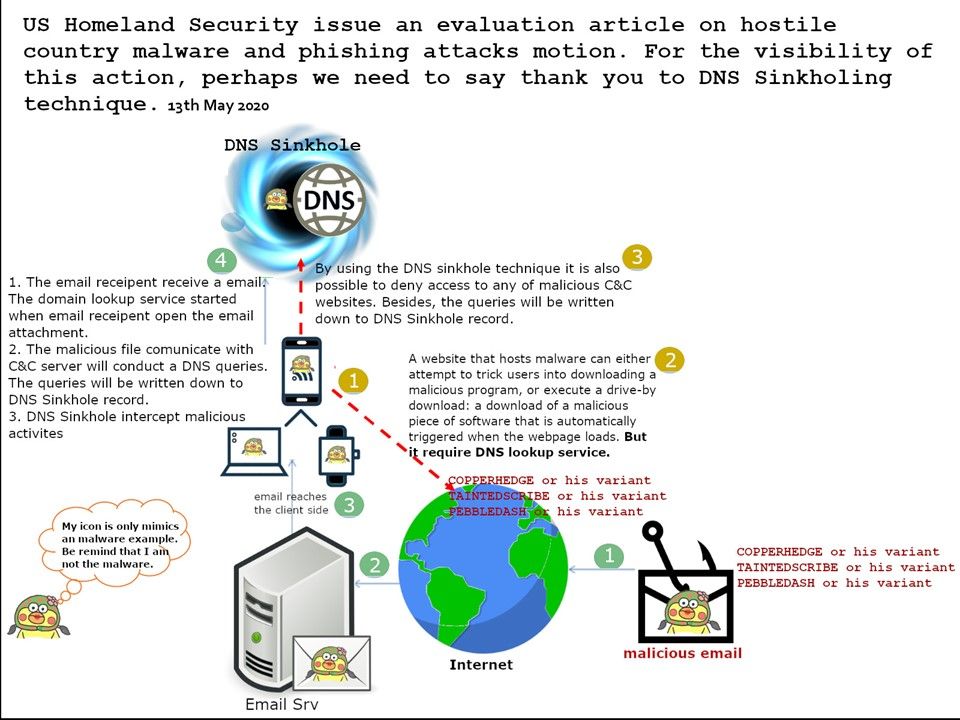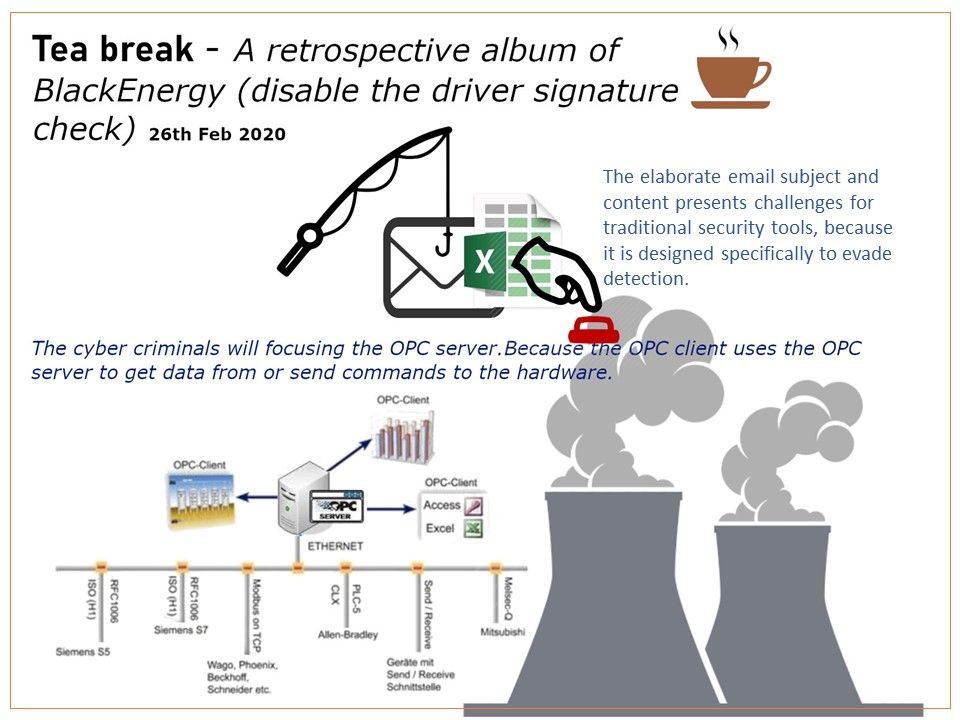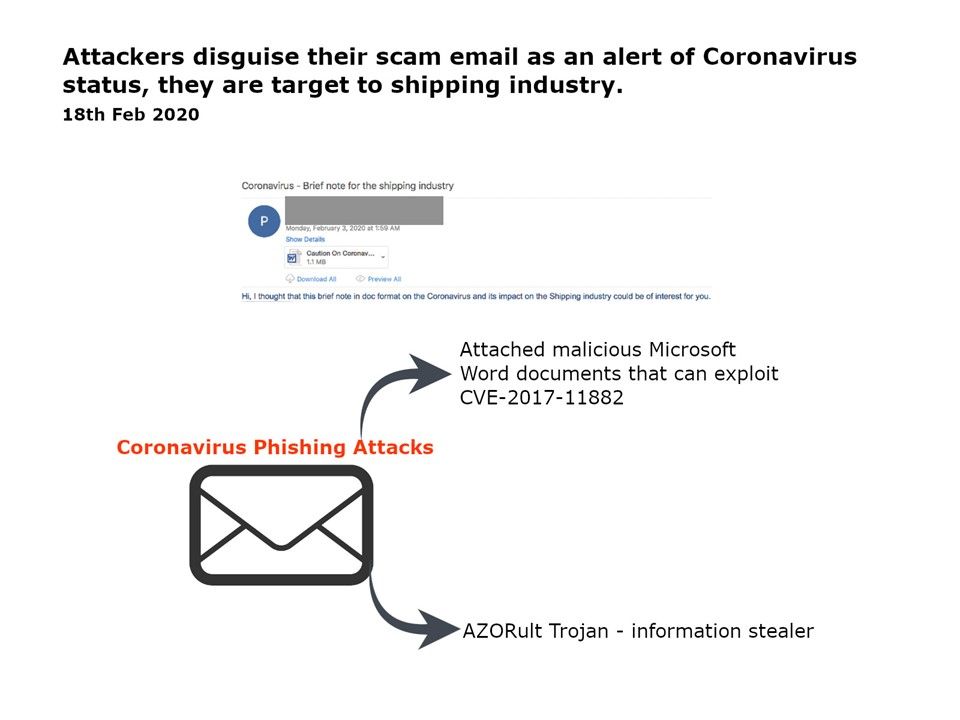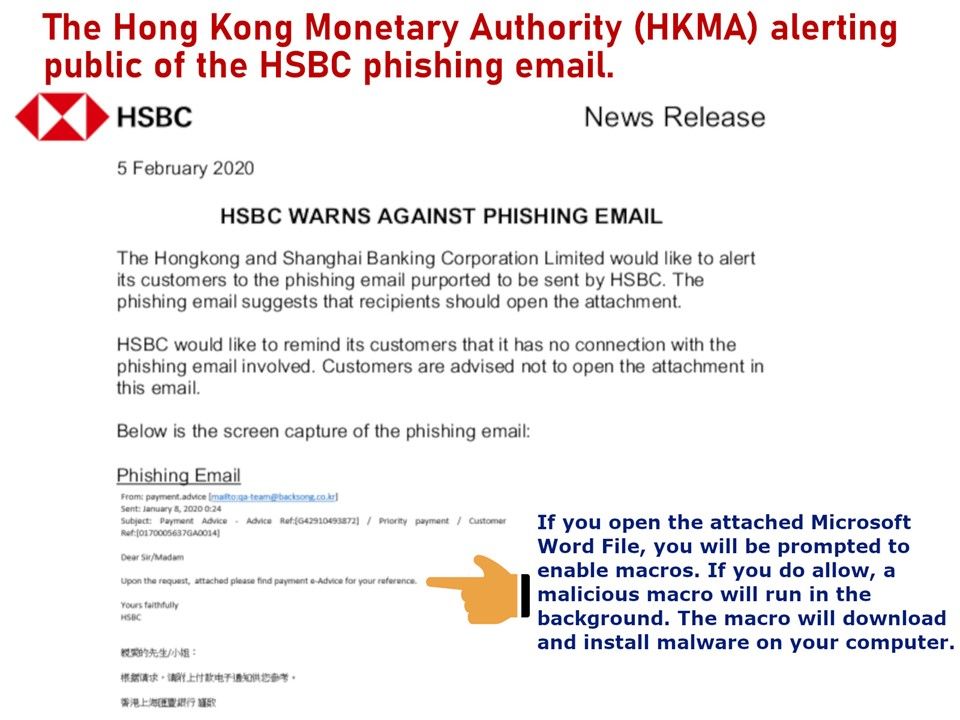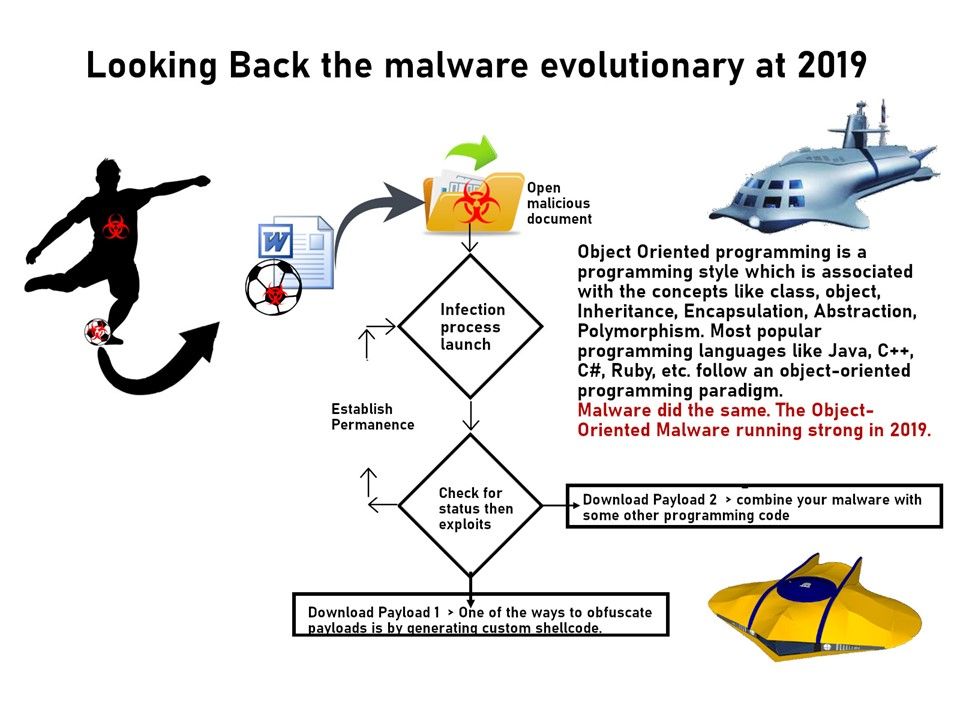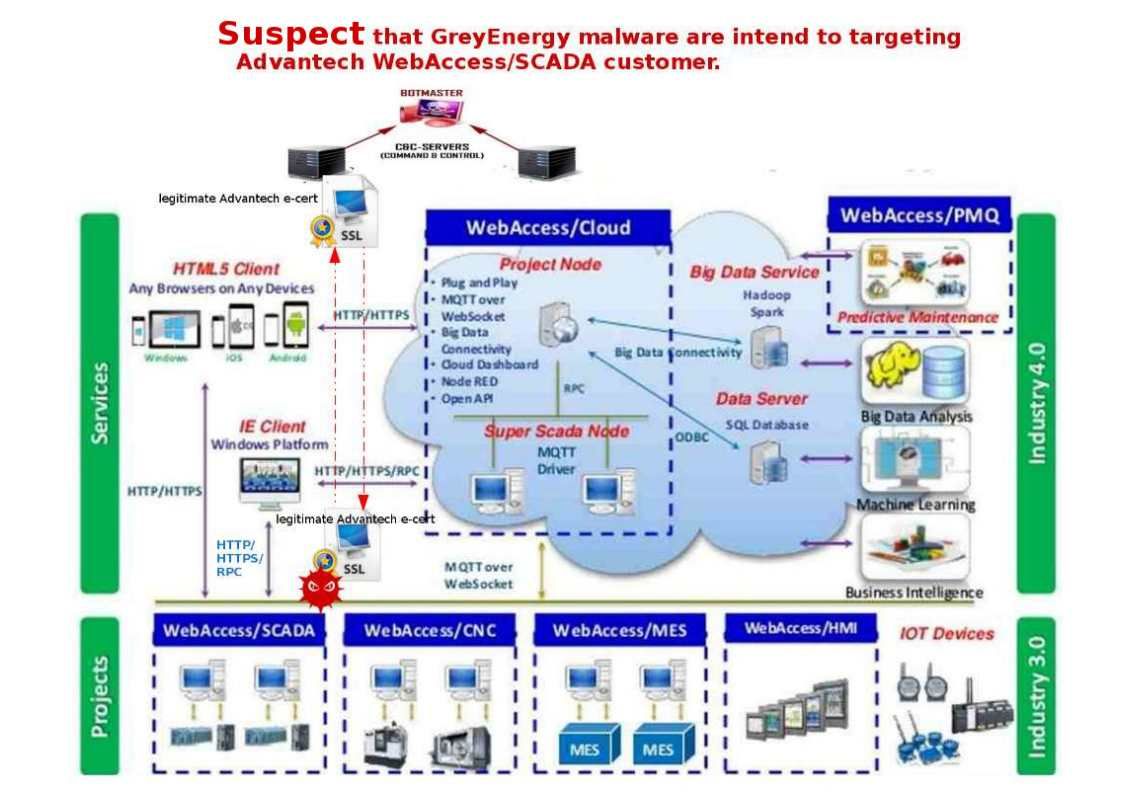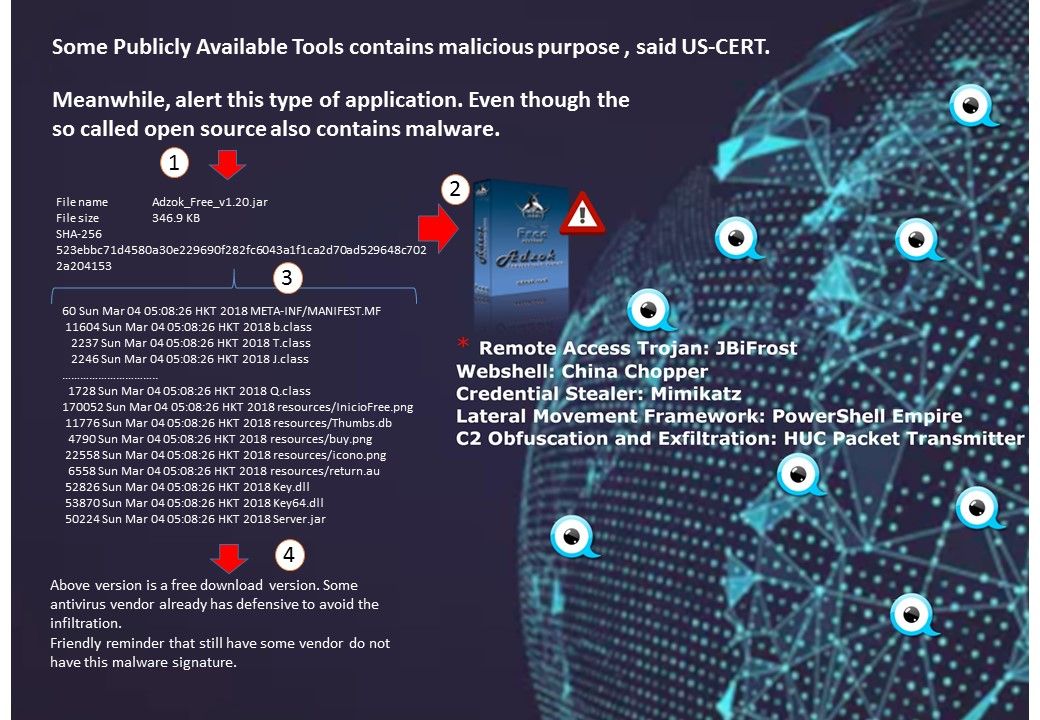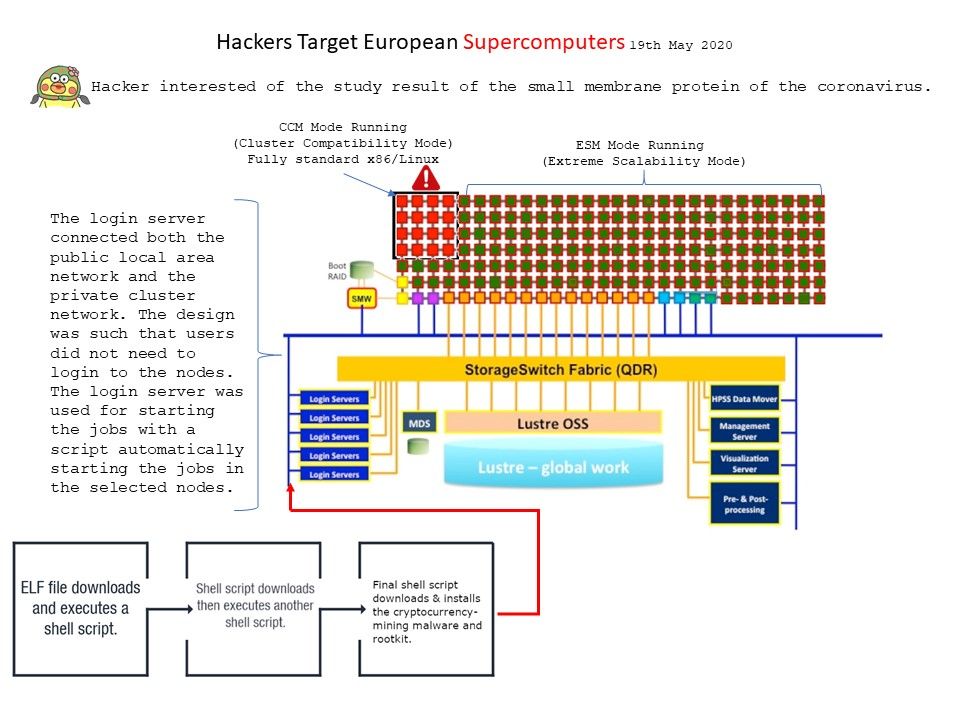
Preface: What if your computer is slow? Perhaps it is a sign of malware infection. This scenario also apply to modern supercomputer. Perhaps it is powerful. So no one aware. This is only a assumption. However modern supercomputer will be infected by malware. Why? Because part of the modern supercomputer has deployed a Linux OS system.
Details: It is true. For instance, Cray has Cluster compatibility mode.It is a standard x86/Linux environment. Several affected labs said that only the login portal to the supercomputer were affected, said Swissinfo.ch. Because hacker will be more interested of scientific research result in this period of time. In this case, how the attacker tried to infect the supercomputer. Please refer to the attached drawing. As usual, the attack entry point is the login portal. But the attacker should infect the client workstation on the beginning phase. For example Cryptocurrency mining malware shell script will be saved as /bin/httpdns. A scheduled task is created to run /bin/httpdns every hour. But it need to take the right time to land the script.
Headline News – https://www.swissinfo.ch/eng/bloomberg/hackers-target-european-supercomputers-researching-covid-19/45764250

